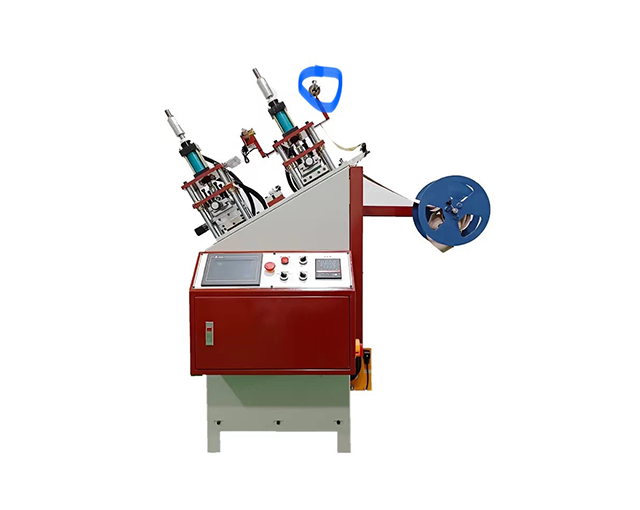Time:2025-06-27 Views:1 source:News

The design of high - frequency molds for garment embossing machines is a meticulous process that combines artistic creativity with engineering precision. These molds play a pivotal role in creating intricate patterns and textures on fabrics, enhancing the aesthetic appeal and value of garments.
The first step in the design process is pattern conceptualization. Designers draw inspiration from various sources, such as fashion trends, cultural elements, and customer preferences. For example, in the fast - fashion industry, designers may incorporate the latest runway patterns or seasonal motifs into the mold design. Once the concept is finalized, it is translated into a digital design using computer - aided design (CAD) software. CAD allows designers to create detailed 2D and 3D models of the mold, enabling precise control over the pattern's shape, size, and depth.
When designing high - frequency molds for garments, material compatibility is a crucial consideration. Different fabrics have varying thicknesses, textures, and heat - sensitivity levels. For delicate fabrics like silk or chiffon, the mold design must ensure that the embossing process does not damage the fabric. This often involves using a lower - pressure and lower - temperature embossing setting, and the mold surface needs to be smooth and precisely crafted to avoid snagging or tearing the fabric. In contrast, for thicker fabrics such as denim or canvas, the mold can be designed with more pronounced patterns and can withstand higher pressures and temperatures.
The structural design of the high - frequency mold is also essential for its functionality. The mold typically consists of an upper and a lower part, which are precisely aligned during the embossing process. The pattern is engraved or fabricated on the surface of one or both mold parts. To ensure even pressure distribution across the fabric, the mold's surface must be flat and smooth. Reinforced frames are often added to the mold to prevent deformation under high - frequency and pressure during operation. Additionally, cooling channels may be integrated into the mold design. High - frequency embossing generates heat, and effective cooling helps maintain the integrity of the mold and the fabric, preventing overheating and distortion of the embossed pattern.
Moreover, the design should take into account the production efficiency of the embossing process. Molds with modular designs are becoming increasingly popular in the garment industry. These modular molds allow for quick and easy replacement of different pattern modules, enabling manufacturers to produce a variety of embossed garments without the need for complete mold changes. This not only reduces production time but also cuts down on costs associated with mold manufacturing and storage.
Read recommendations:
Semi-automatic plastic bag making machine
Automatic blister molding machine
Semi-automatic HF round table welding machine
Complete control over products allows us to ensure our customers receive the best qualityprices and service. We take great pride in everything that we do in our factory.
